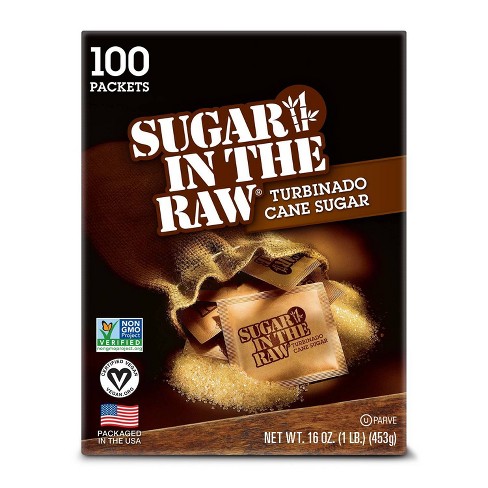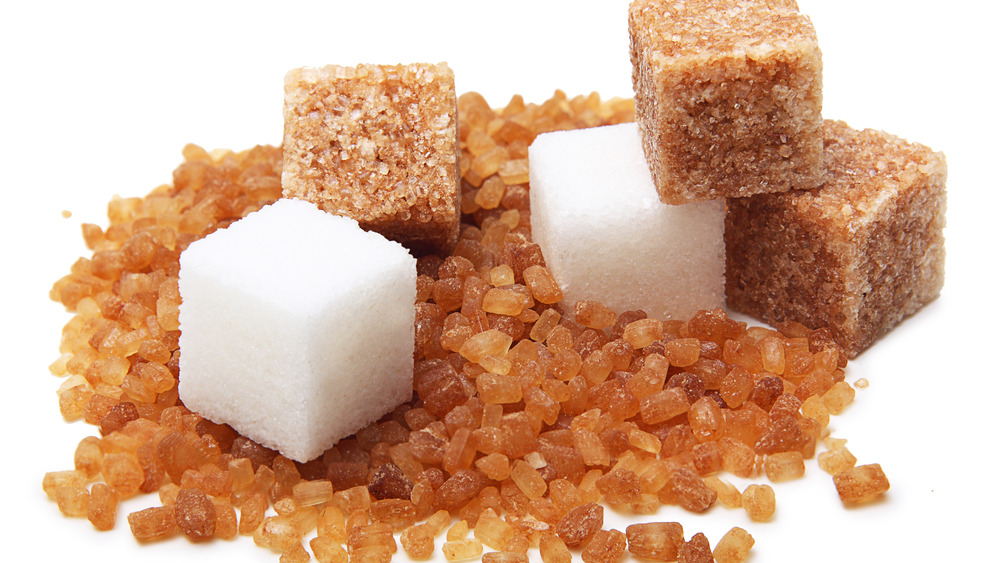The Science Behind Cane Sugar Processing: Just How Sweet Taste is Improved
The Science Behind Cane Sugar Processing: Just How Sweet Taste is Improved
Blog Article
Comprehending the Essential Techniques and Technologies Used in Modern Walking Cane Sugar Handling
The advancement of cane sugar processing has been considerably formed by the assimilation of innovative strategies and technologies that deal with both performance and sustainability. Enzyme-assisted removal and advanced refining methods have reinvented return optimization, while automation helps with functional reliability. Additionally, the emphasis on sustainable methods mirrors an expanding recognition of environmental impact. As we discover these crucial developments, it ends up being necessary to analyze exactly how they not only enhance manufacturing but also straighten with broader industry patterns and consumer demands, questioning concerning the future of sugar processing and its ramifications for international markets.
Historic Context of Cane Sugar Processing
The historic context of walking cane sugar handling exposes a rich tapestry of agricultural innovation and social exchange that has actually formed its development over centuries. The process of drawing out and refining sugar got momentum in India, where methods for crystallization were perfected around the Sixth century.

Advanced Removal Methods
Performance in cane sugar removal has seen considerable advancements, driven by the demand for greater returns and lower production costs. Standard approaches have actually progressed, giving means to innovative technologies that enhance the efficiency of the extraction process. One remarkable advancement is making use of enzyme-assisted extraction, where specific enzymes break down cell walls and launch even more sucrose from the walking cane fibers. This technique not only increases sugar return but also minimizes the power needed for processing.
Furthermore, the fostering of membrane layer filtration modern technologies, such as nanofiltration and turn around osmosis, has actually reinvented the separation of sugar from impurities. These approaches enable for the discerning permeation of sugar particles while retaining bigger pollutants, streamlining the extraction procedure and reducing waste.
Moreover, the combination of constant removal systems has resulted in enhanced functional efficiency. Cane Sugar Processing. These systems keep a constant circulation of cane product, making certain optimum removal conditions and reducing downtime related to set processing
Cutting-edge Refining Technologies
Refining strategies in cane sugar handling have actually gone through a transformative change, driven by the demand for higher purity and boosted product quality. One of one of the most remarkable advancements is the adoption of membrane layer filtering innovations, such as ultrafiltration and nanofiltration. These procedures successfully remove impurities and colorants without the requirement for comprehensive chemical therapies, thus maintaining the sugar's all-natural flavor and boosting its charm.
One more substantial innovation is making use of ion exchange materials, which enable for careful elimination of undesirable ions from sugar remedies. This innovation not just enhances the total purity of the end product yet additionally adds to minimized waste and environmental impact.
Additionally, improvements in adsorption methods, using triggered carbon and various other sophisticated products, have proven effective in decolorizing sugar options while maintaining optimal quality. The combination of these ingenious refining technologies makes sure that manufacturers can create polished sugar with exceptional clearness and taste, fulfilling the advancing choices of consumers.
Automation and Control Equipment
Current improvements in refining technologies have led the way for substantial improvements in automation and control systems within walking stick sugar processing centers. These systems utilize sophisticated software application and hardware to enhance functional effectiveness, minimize human error, and make certain consistent item quality.
Modern automation integrates various components, consisting of sensors, actuators, and programmable logic controllers (PLCs), allowing real-time tracking and control of essential procedures. For example, temperature, flow, and pressure prices can be exactly regulated during removal, explanation, and condensation phases, maximizing efficiency and lessening waste.
Furthermore, advanced information analytics and artificial intelligence formulas play an essential function in anticipating upkeep, permitting drivers to prepare for devices failures prior to they occur. This proactive approach not just lowers downtime yet also prolongs the life-span of equipment.
In addition, automation helps with the application of Industry 4.0 concepts, encouraging sugar mills to achieve greater connection and data exchange throughout procedures. Therefore, decision-making becomes more informed and nimble, ultimately enhancing the total competition of cane sugar production. With these developments, the industry is well-positioned to satisfy growing global demands while maintaining operational quality.
Sustainability Practices in Sugar Production
Sustainability techniques in sugar production have actually become significantly crucial as the market seeks to stabilize economic viability with ecological duty. As customer awareness grows concerning the ecological influences of agricultural methods, sugar producers are adopting innovative methods to minimize their environmental footprint.
One significant strategy is the execution of accuracy farming strategies, which utilize data analytics to enhance source use, such as water and plant foods. This decreases visit this website waste and decreases the effect on local ecological communities. Furthermore, several producers are transitioning to renewable resource resources, such as biomass from sugarcane by-products, to power their operations, therefore reducing dependence on fossil fuels.
Water monitoring practices are likewise important; rainwater harvesting and efficient irrigation systems aid alleviate water scarcity concerns. Cane Sugar Processing. Additionally, integrated pest monitoring strategies reduce chemical usage, advertising biodiversity and soil health
Business social duty web link initiatives are arising, with companies purchasing neighborhood neighborhoods and guaranteeing fair labor practices. By embracing these sustainability techniques, the sugar market not just enhances its online reputation yet additionally adds to an extra lasting farming landscape, leading the way for future generations.

Verdict
In summary, modern cane sugar processing incorporates a series of advanced techniques and technologies that significantly improve effectiveness, sustainability, and yield. The fostering of ingenious extraction and refining methods, together with automation and control systems, promotes improved functional performance and product high quality. Moreover, the focus on sustainable practices highlights a commitment to reducing environmental impact and advertising moral manufacturing. Collectively, these advancements place the walking cane sugar market to fulfill contemporary demands while attending to essential global challenges.
The evolution of walking stick sugar handling has been significantly shaped by the combination of innovative strategies and modern technologies that resolve both performance and sustainability.The historic context of walking stick sugar handling discloses a rich tapestry of farming technology and cultural exchange that has actually formed its development over centuries. Advancements in milling and refining emerged, laying the groundwork for modern-day walking stick sugar handling.Refining strategies Look At This in walking cane sugar processing have actually undertaken a transformative change, driven by the need for higher purity and improved item high quality.In summary, modern walking cane sugar processing integrates an array of advanced strategies and innovations that considerably improve return, effectiveness, and sustainability.
Report this page